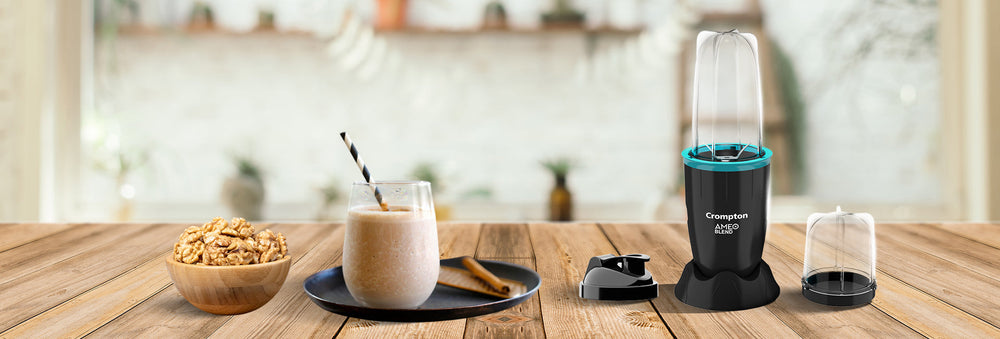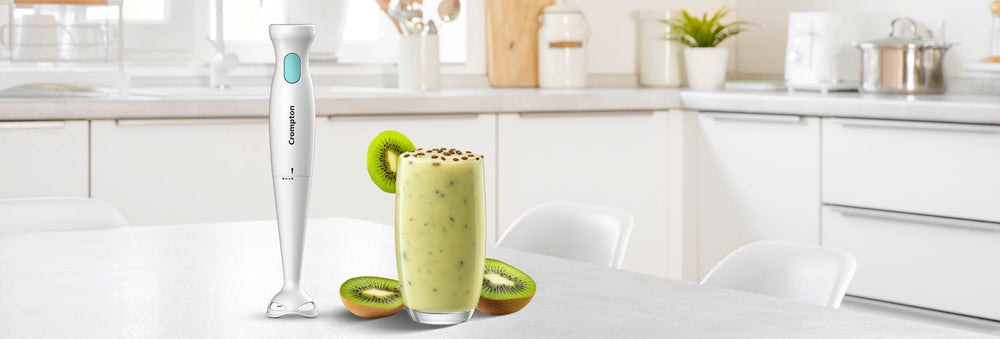Difference Between OTG & Convection Oven


Upgrades in kitchen appliances have made cooking easier and quicker than ever before. With a wide range of options available in the market, choosing the right appliance can be a challenging task. OTG and Convection Ovens are two of the most popular cooking devices that have made cooking different dishes much easier. However, it’s essential to choose a suitable device that fits your requirements.
What is an OTG?
OTG or Oven, Toaster, and Griller is a mini oven that is specifically designed for baking, grilling, and toasting. It works on the principle of heating the elements present inside the oven. These elements heat the air inside the oven, which in turn, cooks the food. The heating elements are located at the top and bottom of the oven, providing both top and bottom heat. This helps in evenly baking the food.
What is a Convection Oven?
A Convection Oven is an upgraded version of a microwave oven. It works on the principle of convection, which means the hot air circulates around the food, cooking it evenly. A fan inside the oven helps in circulating the hot air. It can be used for baking, grilling, and roasting. A convection oven also has a microwave feature, making it a multi-functional device.
What are the Differences between an OTG and Convection Oven?
Both these kitchen appliances are starkly different from each other. Read the below-mentioned factors to make the perfect decision.
1. Working of the Appliance
OTG works on the principle of heating elements, while a convection oven works on the principle of convection. In an OTG, heating elements located at the top and bottom of the oven heat the air inside the oven, which then cooks the food. The heating elements are not assisted by a fan, which means the heat is not distributed evenly throughout the oven. In contrast, a convection oven has a fan that circulates hot air inside the oven, resulting in even heating and cooking of food.
Also read: A Beginner’s Guide To OTGs
2. Utility
OTG can be used for baking, grilling, and toasting, while convection ovens can be used for baking, grilling, and roasting, and also has a microwave feature. Convection ovens offer more versatility in terms of cooking options and can be used for a wider range of dishes. OTGs, on the other hand, are better suited for basic baking, grilling, and toasting needs.
3. Capacity
OTGs are typically smaller in size and have a lower cooking capacity than Convection Ovens. If you need to cook large quantities of food at once, then a convection oven may be a better option for you.
4. Power Consumption
Convection ovens consume more power than OTGs. Convection ovens require a higher wattage to operate than OTGs. The additional power consumption is due to the presence of a fan that helps circulate hot air inside the oven. If you are looking for an energy-efficient device, then an OTG is a better option.
5. Cleaning & Maintenance
Cleaning an OTG is relatively easy as it doesn’t have any complicated parts. A convection oven requires more effort and time to clean. Convection Ovens have more complex parts, such as the fan and motor, that require regular cleaning and maintenance. If you prefer a low-maintenance device, then an OTG is a better option.
6. Weight of the Appliance
OTGs are lighter as compared to convection ovens. This makes them easier to move around and store in smaller spaces.
7. Price Point
OTGs are generally more affordable than convection ovens, making them a better option for those on a budget. However, convection ovens offer more features and versatility in cooking options, making them a worthwhile investment if you cook frequently.
Convection Oven or OTG – Which one should you purchase?
If you want a kitchen appliance that is affordable, easy to use and requires less power consumption, then an OTG is the right choice. On the other hand, if you want a multi-functional device that can perform various tasks, then the convection oven is the better choice. When choosing between an OTG oven vs convection oven, you should remember that it all boils down to your preference and your family’s requirements. If you wish to buy an OTG, refer to our OTG buying guide.
Crompton’s Collection of OTGs
Crompton has a wide range of OTGs that cater to different requirements. Crompton’s OTG comes with Advanced Top and Bottom heat technology, which provides even heating and cooking. It also has a temperature control range of 100-250 degrees Celsius, making it perfect for baking. You can easily cook different dishes with just a touch of a button.
Our convection ovens come with switches that automatically adjust the temperature and cooking time, depending on the type of food you’re cooking. They also have a temperature control range of 100-250 degrees Celsius and come with a microwave feature, making it a multi-functional device. So which kitchen appliance are you bringing home?
FAQs on OTG Vs Convection Oven
1. Can you use silicone bakeware in a convection oven?
If you have silicone bakeware, you can safely use it in a convection oven. Silicone is heat-resistant and can withstand high temperatures, making it a great choice for baking in a convection oven. Just be sure to follow the manufacturer’s instructions for maximum oven temperature and baking time.
2. How to operate a convection oven?
To operate a convection oven, you should first set the desired temperature and preheat the oven. Then, select the convection setting and adjust the cooking time accordingly. Use the appropriate cookware and place it on the centre rack for the best results. It’s also important to periodically check on your food to ensure even cooking.
3. Can an OTG be used for heating food?
Yes, you can use an OTG (Oven Toaster Grill) for heating food. It has a heating element that can generate heat to warm up food items. Just set the temperature and time as per the food you’re heating, place it on the centre rack, and turn on the OTG.
4. What is the difference between an OTG and an oven?
The main difference between an OTG (Oven Toaster Grill) and a conventional oven is their design and functionality. OTGs are compact and have heating elements on the top and bottom, while ovens are larger and typically have heating elements on the top and bottom, as well as the sides. Ovens also often have additional features like convection settings and broiling options, while OTGs are typically limited to baking, grilling, and toasting.
5. Can a convection microwave replace an oven?
A convection microwave can partially replace an oven, but it may not be able to completely replace all of its functions. While convection microwaves have baking and grilling capabilities, they may not have the same level of performance or capacity as a full-sized oven. However, they are a convenient option for smaller kitchens or for those who don’t need to cook large quantities of food.

 Read Previous Blog
Read Previous Blog



 at 9228880505 or write to us at
at 9228880505 or write to us at 